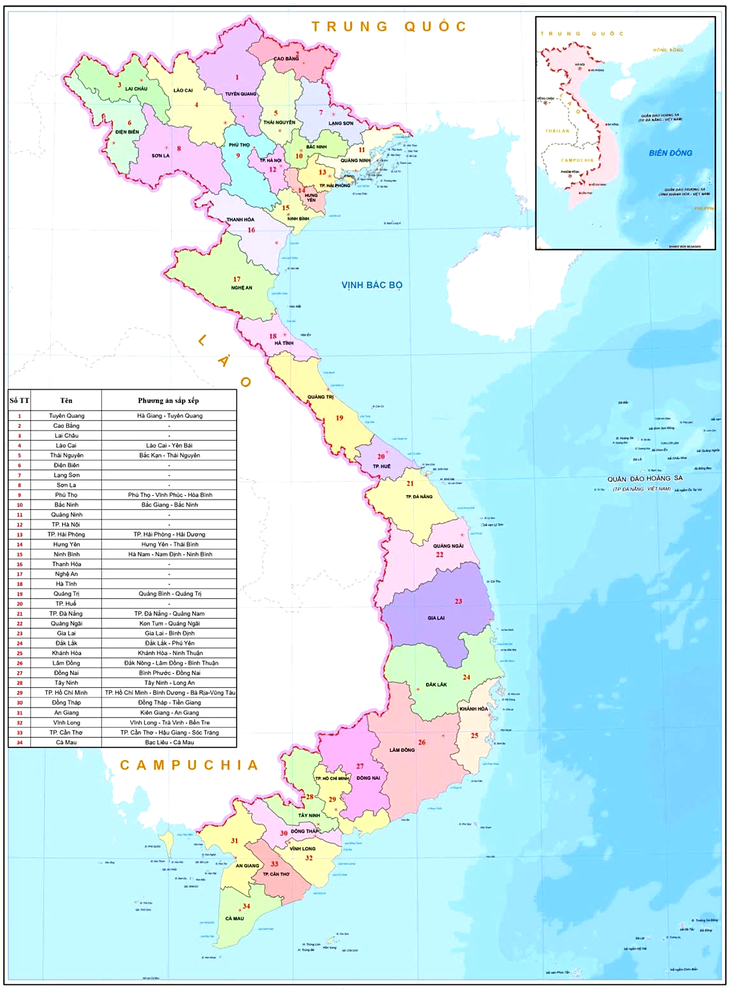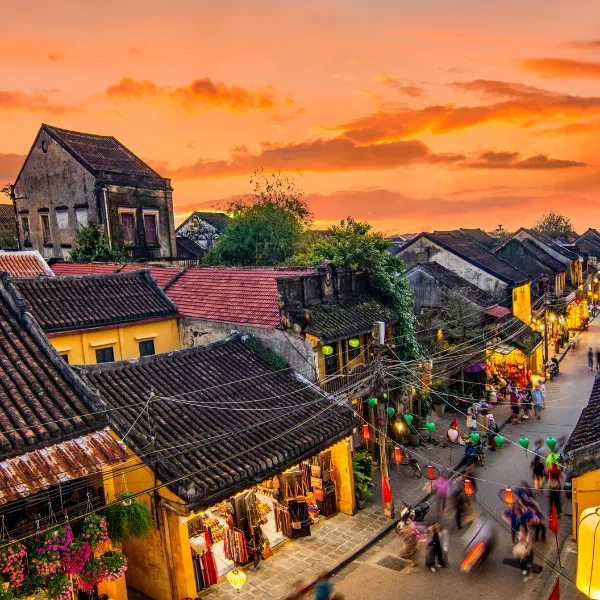
🇻🇳 Vietnam Administrative Reform 2025: A New Chapter in National Governance
Major province mergers and local government restructuring officially begin July 1, 2025
article content
Vietnam administrative reform 2025 marks a bold transformation in the country’s local governance system, reshaping provincial boundaries, merging smaller administrative units, and launching new two-tier local governments nationwide. The reform officially took effect on June 30, 2025, followed by the operational start on July 1, 2025.

The reform is part of the National Assembly’s long-term strategy to improve governance efficiency, address urban sprawl, optimize state resource allocation, and empower local authorities under a more streamlined two-tier system.
📌 Why Is Vietnam Restructuring Its Administrative Units under the Vietnam Administrative Reform 2025?
The Vietnam administrative reform 2025 aims to modernize the country’s governance structure by restructuring its administrative units. This nationwide effort is driven by the need to improve efficiency, reduce fragmentation, and build a stronger, more responsive local government system…

This reform, referred to by experts as the Vietnam Province Merger 2025, was developed after years of research, analysis, and public consultation. Its main goals are:
- Enhancing administrative efficiency: Many smaller units lacked sufficient human and financial resources to function effectively. The merger allows for better coordination and stronger public service systems.
- Urban planning and sustainable development are central goals of the Vietnam administrative reform 2025. As cities like Hanoi and Ho Chi Minh City continue to expand rapidly, redrawing administrative boundaries helps manage population growth, infrastructure planning, and investment attraction more effectively.
- Strengthening local governance: The two-tier local government model allows clearer roles between the commune/district level and the provincial/city level, reducing redundancy and increasing responsiveness.
-
Promoting regional economic zones is a key objective of the Vietnam administrative reform 2025. By merging complementary provinces, the government aims to create stronger regional economies that are more competitive both domestically and internationally.
🔹 Hanoi Administrative Reform
As part of the Vietnam administrative reform 2025, the capital has undergone a significant reduction in administrative units, consolidating from over 500 wards and communes down to 126. This allows Hanoi to better manage its population of over 8.5 million and focus on smart urban development.
🔹 New Greater Ho Chi Minh City
The new Ho Chi Minh City metropolitan region now includes Bình Dương and Bà Rịa – Vũng Tàu, creating a mega-urban area that combines industrial power, tourism, and financial services. With over 15 million residents, the new city is poised to become Southeast Asia’s leading urban economic hub.
🔹 Hải Phòng – Hải Dương Merger
The consolidation of Hai Phong and Hai Duong results in a stronger northeastern gateway for trade and logistics. The new city now ranks third nationwide in terms of economic size, with expanded port capacity and improved transportation infrastructure.
🔹 Khánh Hòa – Ninh Thuận: Vietnam’s Longest Coastline
The unified Khánh Hòa Province now features a coastline stretching nearly 500 kilometers, ideal for tourism, aquaculture, and maritime industries. Home to the deep-water Vân Phong Bay, Cam Ranh International Airport, and numerous world-class beaches, this province is set to become a marine economic powerhouse.
🔹 Đắk Lắk – Phú Yên Merger
This merger creates a province that bridges the Central Highlands and the South Central Coast, enriching both natural resources and cultural heritage. The new Đắk Lắk Province covers over 18,000 km² and embraces ethnic diversity, traditional festivals, and coastal access, offering vast tourism and investment potential.
🔹 Ninh Bình – Hà Nam – Nam Định United
With 129 administrative units post-merger, the new Ninh Bình Province integrates natural landscapes, historical heritage, and religious tourism. Local leaders expect the change to enhance the province’s position as a top-tier spiritual and eco-tourism destination in Northern Vietnam.
⚖️ Legal Basis and Transparent Process
The Vietnam administrative reform 2025 is legally grounded in Resolution No. 1667/2025/NQ-UBTVQH15, issued by the Standing Committee of the National Assembly. It follows constitutional principles and public administrative law, ensuring that every step was approved transparently through both central and local authorities, with public engagement.
As part of the Vietnam administrative reform 2025, the government has emphasized the importance of stability, legal continuity, and uninterrupted service throughout the transition process. All newly formed local governments are assigned clear mandates, budgets, and administrative boundaries, effective from July 1, 2025.
🌍 What Does This Mean for the People?
The general public has shown overwhelming support for the reform, with thousands of citizens participating in celebration ceremonies, flag-raising events, and public information sessions. Local leaders and civil servants are now adapting to new responsibilities, with updated signage, digital systems, and community outreach programs already in place.
According to Mr. Phạm Khắc Đoàn, a resident of Hải Phòng:
“This merger will bring better services, more jobs, and stronger development. We hope the new government structure will work closer to the people’s needs.”
🚀 Looking Forward: What’s Next for Vietnam?
This administrative restructuring, as part of the Vietnam administrative reform 2025, signals Vietnam’s readiness to embrace a new phase of regional competitiveness, urban integration, and public-sector modernization. With clear geographic logic, cultural alignment, and economic synergy, the newly created provinces and cities are expected to thrive in the coming decades.
Government officials have assured continued transparency, periodic evaluations, and adjustments as needed to ensure that the reform truly serves the people, businesses, and the nation as a whole.
Recent Posts
Dong Thap Lotus – Discover the Land of the Pink Lotus in Vietnam 🌸
Phong Nha Travel – The Ultimate Vietnam Adventure Guide
A Swiss Couple’s Vietnam Travel Journey – 15 Days of Culture, Cuisine, and Natural Wonders
All Categories
- CaMau (1)
- DaLat (1)
- DaNang (3)
- Explore Vietnam (61)
- Food & Drink (20)
- food tour VietNam (3)
- GiaLai (1)
- HaGiang (4)
- HaiPhong (2)
- Halal Dining in Vietnam (2)
- HaLong Bay (3)
- Hanoi (7)
- Ho CHi Minh City (1)
- HoiAn (1)
- hue (2)
- LamDong (1)
- Nam du Island (1)
- NinhBinh (1)
- PhuQuoc (1)
- Travel Tips & Guides (2)
- Uncategorized (1)
- Vietnam (1)
- Vietnam Culture & Lifestyle (3)
- Vietnam Travel Planning (4)
- YenBai (1)
Tags







